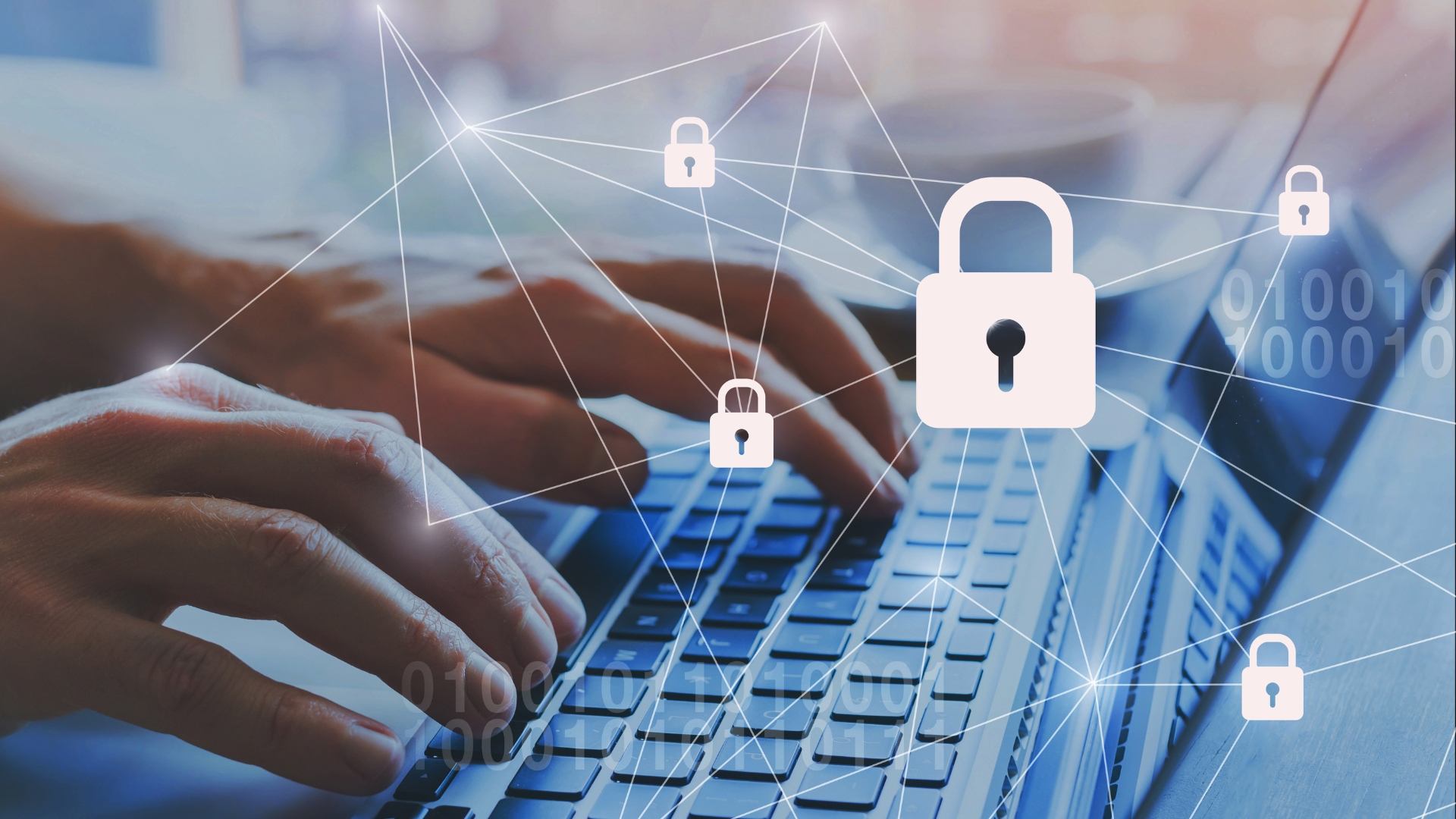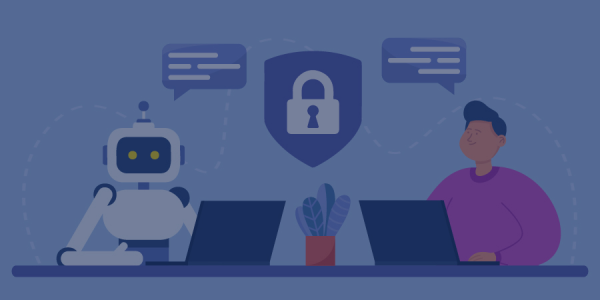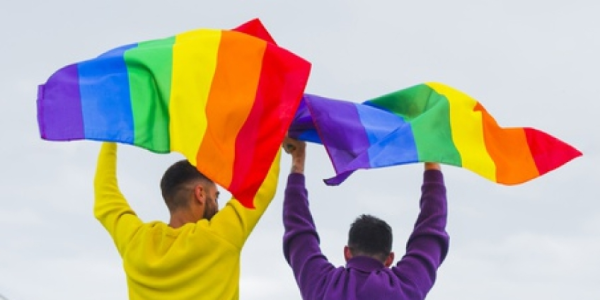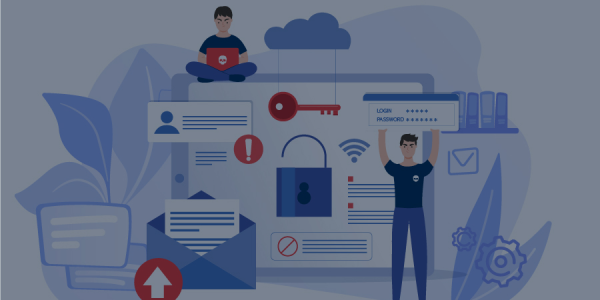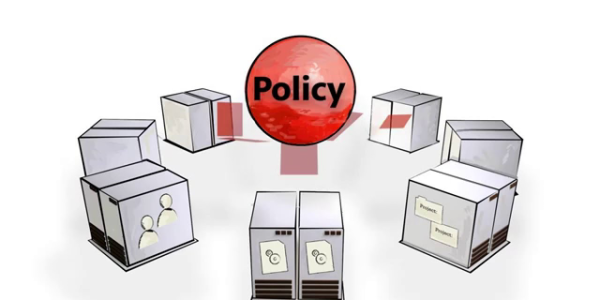If you have the time and the inclination, I will urge you to read about Unconscious Biases. (And if you don’t, give this blog a good read). The reason is that you will be able to appreciate why people have unconscious biases in the first place.
Are Unconscious Biases good or bad? Both, as explained further below.
What can we do to make people aware of their own biases? Does calling-out help? I will get to it in a minute.
We Need Unconscious Biases To Navigate Our Complex World
The foremost important thing to do is to become aware of our own unconscious biases. Believe it or not, we all have unconscious biases. Once we begin to recognize them, we will start appreciating how difficult it is to ‘fix’ them for other people. But awareness is vital. It is the first step towards fixing almost anything. :)
Let me try to shed some light on this ‘invisible’ bias. We live in a very vast & complex world in terms of the variety and heterogeneity of people. We can’t remember all the differences in each person. So our mind tries to sort people into categories and attribute some features and expectations to each type. These features/expectations could be in appearance, language, behavior, culture, etc. We find it easier to remember categories rather than individuals. This categorization makes our job of making sense of our world simpler. And we can recall or retrieve information about people from our mind’s recesses more easily. This even helps us in our daily interactions.
The downside of this adaptive technique is that we have categorized people into groups and attributed expectations based on group-membership. Can you imagine the consequences of this in-group/out-group classification? Some people belong, and others don’t. Thus, we see the in-group members positively and the out-group members in a negative light.
We Discriminate Against People Who Are Different From Us/ Minority/Non-Dominant Group/Out-Group Members
Let’s call it in-group favoritism. This social categorization impacts how we treat people who are different from us in discriminatory ways. It makes people racist, sexist, casteist, and so on. Does the word ‘class’ ring a bell, based on this theory of ‘classification’?
Now, this is certainly not desirable.
The first step towards resolution is to educate people in recognizing biases and subtly changing their mindset. This change in attitude is not impossible but happens at a glacial pace.
The results? Workplaces where discrimination is rampant, although hidden, take a considerable toll. Out-group employees, usually the minority, face discrimination, and suffer negative consequences. Organizations pay the price due to the poor performance of these employees. There is no innovation in such a workplace. It can sound the death knell of the organization if not checked.
Can this discrimination be checked by calling out?
Calling out a discriminative behavior is undoubtedly recommended, albeit done without further hurting sentiments.
‘Storyize Your Message’
A young manager was facilitating a board meeting. They were discussing a particularly contentious topic. Two women made similar comments, but the manager did not respond to them. Not long after, a man commented on the same lines as the two women. This time the manager picked it up and even praised the man.
Did he do this on purpose? He didn’t even realize he had done this. To their credit, the two women did not call him out and embarrass him. Instead, they called him aside after the meeting and gently pointed out what had happened. They played it back to him and said, “This is what happens to women throughout their careers.” The young man, who treated this as a learning moment, was the former CEO of Ernst & Young, Jim Turley.
Can this story be used to influence the employees’ minds? Absolutely! Driving a message through stories is a highly recommended art form in the corporate environment. Reason: Stories give a message subtly and tactfully, without hurting anyone’s sentiments.
What Else Can Your Organization Do?
It’s the people who make the organization a friendly, inclusive workplace, or power and hierarchy-driven discriminatory workplace. Usually, it’s not the people at the bottom of the hierarchy who make the workplace a good/safe place to work, but the management. So, suppose the organization consists of some managers and employees who are discriminatory, biased, or exclusionary. In that case, the entire workplace needs a top driven awareness drive, using the subtle art of influencing.
Diversity Disruption
Sometimes it’s essential to recognize the differences between people, rather than treating them all equally. It is not in the organization’s best interest to be blind to people’s attributes and variations. Your employees do not want to be discriminated against because of their differences. Still, they do want you to appreciate them for these very differences.
You can appreciate your employees’ Diversity and harness it for your organization’s business growth. This highlighting of Diversity and striving to recognize differences, valuing, and celebrating them is called Diversity Disruption.
How IBM Benefited From Diversity Disruption
Back in the day, IBM seemed unable to address the growing market demands for women and minority groups.
In 1995, the then CEO Lou Gerstner created eight executive diversity task forces (African-Americans, Asians, disabled people, gays and lesbians, Hispanics, Native Americans, white males, and women, a.k.a Diversity Groups). Each task force was assigned to assess and promote initiatives to benefit the Diversity group. The task force also had to identify and develop external customer business opportunities for that Diversity group.
At first, this initiative of ‘naming’ Diversity groups received skepticism from IBM employees (remember it was 1995). But top management’s commitment and the efforts to link (bridge) the in-house Diversity groups with new markets generated positive financial outcomes.
Strength Lies In Differences; Not In Similarities
While doing so, Managers also started to address the hidden unconscious biases previously ignored by IBM in the name of equality. Managers embraced the differences between employees instead of treating them all as equal and the same and turned Diversity into an asset.
With its diversified talents, IBM has managed to approach women and minority markets more effectively and build strong ties with minority and women-led SMEs.
As detailed above, Gender & other Diversity Categories enhanced the company’s performance and drove business growth. That is why you will often hear, “Diversity makes a business case.”
But Diversity alone cannot make a business case, the above statement notwithstanding. It is Inclusion, along with Diversity, that makes a business case. Inclusion attempts to bridge the gap between different Diversity categories, especially the dominant and the minority categories.
According to HR Software Technology firm Namely CEO, Straz, “It’s never too early to prioritize D&I, regardless of how big or small a company is.”
For an awareness session on Diversity & Inclusion at workplace, reach out to us. Rainmaker specializes in Unconscious Bias Training and Diversity & Inclusion Training. Through stories narrated in dramatized videos, the workshop addresses discrimination & how it impedes the individual and the organization’s progress. Most importantly, they enable and empower employees to see each person for their attributes, and their value to the organization, the essence of Inclusion.
Author: Sumali Nagarajan
DISCLAIMER – No information contained in this website may be reproduced, transmitted, or copied (other than for the purposes of fair dealing, as defined in the Copyright Act, 1957) without the express written permission of Rainmaker Online Training Solutions Pvt. Ltd.


